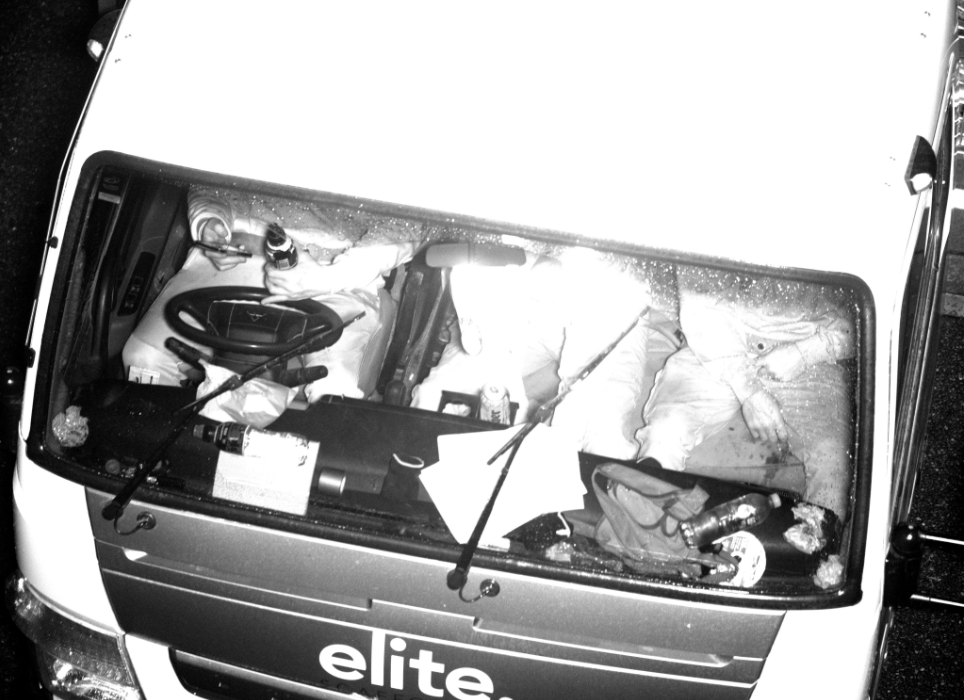South Australia's first mobile phone detection cameras are now operational, seeing a three-month grace period commence from today, 19 June, for drivers snapped illegally using their devices.
During the three-month educational period from June to September 2024, drivers will not be fined or lose demerit points, however, the vehicle owner will receive a warning letter.
Expiations will be issued by South Australia Police (SAPOL) from September 19, 2024, to drivers detected illegally using a mobile device – currently a $540 fine (plus a $99 Victims of Crime levy) and three demerit points.
Cameras are now in place across five high-risk locations: South Road, Torrensville, North South Motorway, Regency Park, Port Wakefield Road, Gepps Cross, Southern Expressway, Darlington, and Port Road, Hindmarsh. Two other locations are also being considered, with cameras expected to be installed in early 2025.
As per South Australian practice with fixed red light, speed and point-to-point cameras, the new mobile phone detection cameras will be marked with signage.
During the cameras' testing phase between April 19 and June 16, 2024, a total of 71,044 mobile phone usage incidents were detected from 6,794,050 passing vehicles, averaging to 1.05% overall non-compliance.
Superintendent Darren Fielke, Officer in Charge of SAPOL's Traffic Support Branch, emphasised that the expiation grace period only involved offenses detected by the new cameras.
"People caught by police illegally using their mobile devices when driving will still be required to pay a fine," he said.
"Our message to drivers is simple; leave your phone alone while driving. We all need to break the habit of reaching for our phone every time it rings, beeps, or pings.
"We have seen from other jurisdictions a significant change in behaviour of people not using their mobile phones after the introduction of mobile phone detection cameras, so by introducing these cameras to high-risk areas, we hope this will contribute to improving driver behaviour."
Once enforcement commences in September, an expiation notice will be issued to the registered vehicle owner, replacing the warning letters. The vehicle owner will be liable for the offence unless they identify the offending driver.
Computer AI is used to process images and identify drivers who are using their mobile phone illegally. From here, images are reviewed by unsworn adjudicators who have specific training.
The cameras are funded by a $15.9 million State Government investment aimed at reducing road trauma caused by driver distraction.
"Using a mobile phone while driving increases a driver's crash risk by at least four times. The risk increases in high-volume traffic areas, where inattention and distraction contribute to a greater number of collisions," Supt Fielke added.
"All funds raised from fines will be returned to the Community Road Safety Fund to deliver crucial road safety initiatives across the state, including safety improvements, education programs and hard-hitting public advertising."
Relevant information regarding grace period dates and related penalties will be communicated to the public though extensions to the current 'Stop Flirting With Death' distractions campaign featuring the Grim Reaper.
Meanwhile, drivers should be aware of recent changes to Australian Road Rules regarding mobile phone use, which came into effect of 6 June 2024. The Road Rules Amendment Regulations have broadened the definition of "use" to circumstances where a mobile phone is being held, including in the driver's lap. An exemption is now also recognised for drivers using their phones for payment options while stationary, in a road-related area.
For more information on the mobile phone detection cameras visit: Think Road Safety - Mobile Phone Detection Cameras (dit.sa.gov.au)
Copy of the warning letter template











